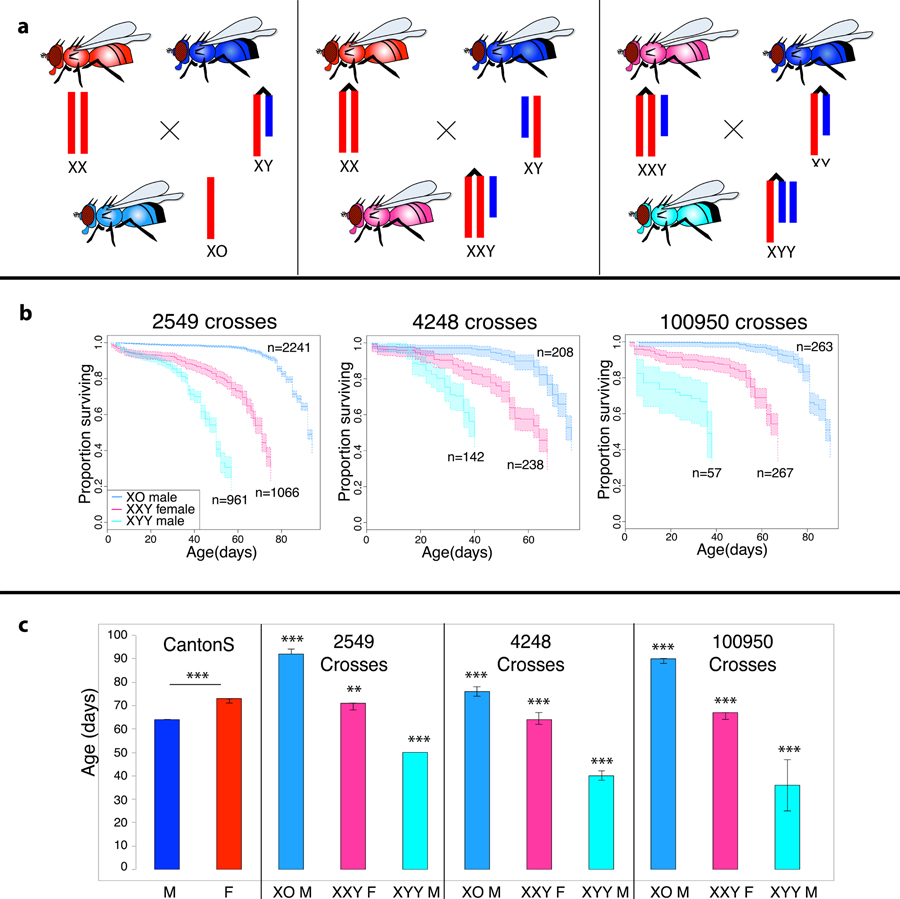Figure 3. Survivorship of XXY females and X0 and XXY males.
A. Schematic crossing scheme used to generate flies with aberrant sex chromosomes, with Canton-S used as the wild-type (wt) males and females for all crosses, and various lines with C(1)RM and C(1;Y) indicated by the attached X/XY karyotypes. Crosses between wt females and attached XY males result in X0 flies (left), crosses between attached X females and wt males result in XXY females (middle), and crosses between XXY females and attached XY males result in XYY males (right). B. Kaplan-Meier survivorship curves for flies with aberrant sex chromosome karyotype, generated with various C(1)RM and C(1;Y) lines as indicated at the top of each survivorship curve (stock 2549 and 4248 were obtained from the Bloomington Stock Center, and stock 100950 was obtained from Kyoto). The crosses to obtain the XO, XXY and XYY flies are shown in panel A. Shaded areas indicate the upper and lower 95% confidence interval calculated from the Kaplan-Meier curves. C. Median lifespan for each of the different karyotypes measured, with error bars indicating the upper and lower 95% confidence intervals (estimated by the Kaplan-Meier curves). Significance is compared to the wild-type Canton-S of the same sex for each aberrant karyotype, and was calculated using the survdiff package in R (* p<0.01, ** p<1e-6, *** p<1e-12).

